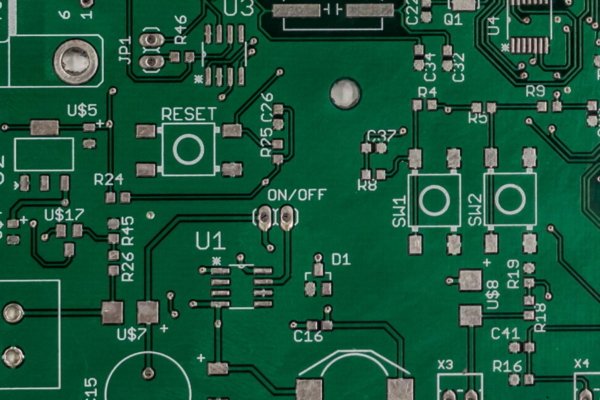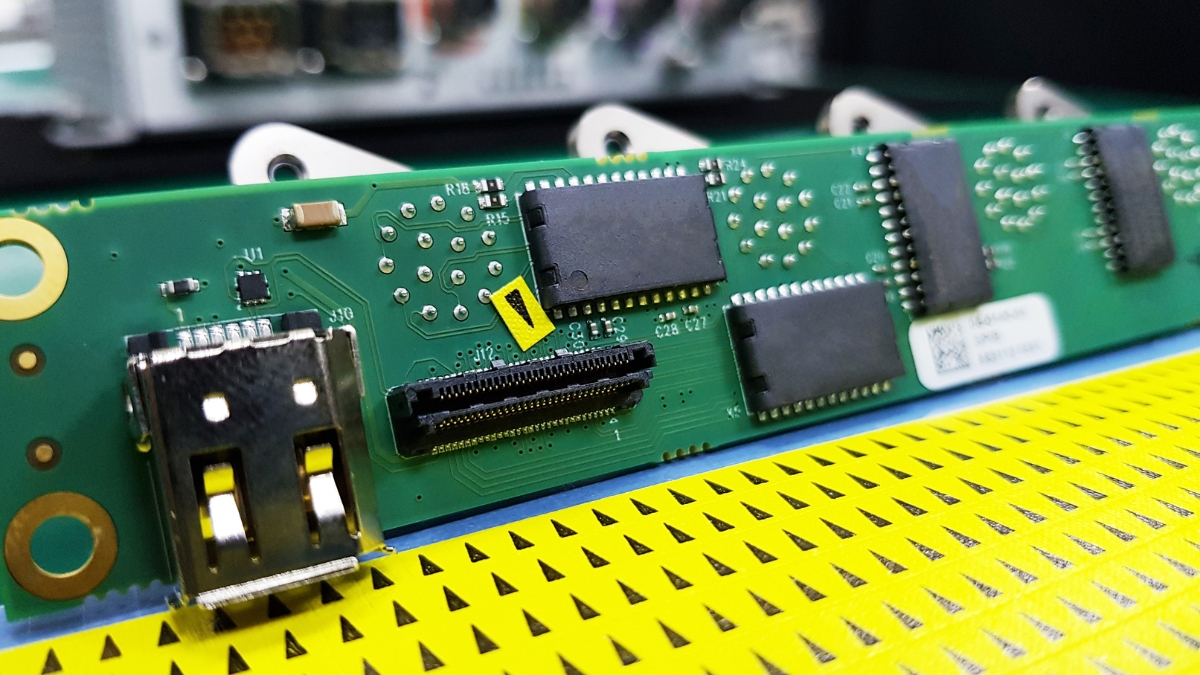What is ASCII
ASCII, which stands for American Standard Code for Information Interchange, is a widely used character encoding standard in the PCB industry and other fields. It provides a standardized way to represent and communicate textual information in computers and electronic devices.
The ASCII character set consists of a 7-bit binary code that assigns unique numerical values to characters such as letters, numbers, punctuation marks, and control characters. The US-ASCII variant utilizes the lower seven bits (character points 0 to 127) to convey control codes, space, numbers, basic punctuation, and unaccented letters a-z and A-Z.
In the PCB industry, ASCII format files contain information related to PCBs and PCB design packages, allowing for the exchange and sharing of data in a standardized format. The PCB ASCII file format is self-explanatory, with values and parameters named within the file itself. The format is organized into records, each occupying a line in the file and sorted by their respective names.
By using ASCII, compatibility and interoperability are achieved between different software and hardware systems involved in PCB design, manufacturing, and testing processes. This facilitates efficient communication and collaboration within the industry, ensuring accurate representation of PCB layouts and enabling the assembly staff to accurately place components during the manufacturing process.
Frequently Asked Questions
What Is an ASCII File Format
ASCII, which stands for American Standard Code for Information Interchange, is widely used as a character encoding format for text data on computers and the internet. It provides unique values for 128 alphabetic, numeric, and special characters, as well as control codes.
What Is the Difference Between ASCII and Text Files
ASCII files are essentially plain text files. They can be identified by extensions such as .txt or sometimes have no extension at all. On the other hand, text files can be in various formats, including ASCII, but they can also be in other character encodings such as UTF-8. BINARY files, on the other hand, are typically non-text files that are saved in the specific file format of the application that created them or in archived or compressed file formats.
What Is ASCII and How Does It Work
ASCII, which stands for American Standard Code for Information Interchange, is a widely used data-encoding format for electronic communication between computers. It is a standard that assigns numeric values to letters, numerals, punctuation marks, and other characters used in computers.
How Do You Tell if a File Is Binary or ASCII
We can typically determine if a file is binary or text by examining its file extension. The reason for this is that the extension typically corresponds to the file format, and it is the file format that ultimately determines whether the file data is binary or text.
How Do I Convert a Character to ASCII
Like strings, characters in Java are declared using single quotes (‘ ‘). To convert a character to ASCII, you can assign the character to an int variable named “ascii”. Java will internally convert the character value to its corresponding ASCII value. Another way to convert a character to ASCII is by casting the character to an integer using (int).
How Is ASCII Code Generated
ASCII code is generated through the process of encoding a random string into binary ASCII code using an ASCII table that contains the decimal values of each character in the string. Once encoded, digital devices are able to process, store, or transmit these codes.





